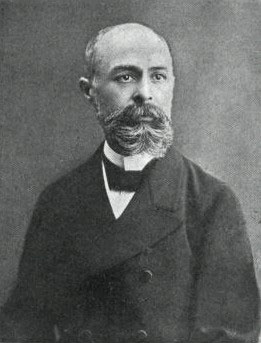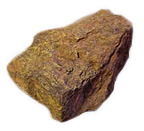Photography with radiation

Henri Becquerel discovered radioactivity in 1896. He was studying phosphorescence in uranium salts when he left the salts on top of a box containing unexposed photographic plates over night. When he developed the plates, he discovered an image of the salts that were resting on them. He concluded that there must be a ray emited from the salts that can pass through solid objects and react with the photographic plates. He later worked with Marie and Pierre Curie on research which lead all three to 1903 Nobel Prizes in phyiscs.
In 2008 I searched online and could not find anyone who had recreated this experiment. (Since I did this, Popular Science has released an article describing how they did it.) I bought some uranium ore with an extremely low radiation level of 2,000 to 10,000 CPM from United Nuclear which looked like this:

I was in my high school's film photography class at the time, so I cut a strip of Ilford MGIV photo paper and wrapped it around the uranium ore, taped it in place, and sealed it in a light-tight box for about two weeks. I took the photo paper off the ore, washed it to remove any radioactive dust, and developed it as a normal gelatin silver print. The image created by the radiation slowly began to appear. I left the paper in the developer for much longer than usual,probably 5 minutes, to bring out more details.

After developing the paper, I was able to hold it next to the uranium ore and match up the pattern of dark spots on the paper to the dark spots of uranium stuck into the ore. This confirmed that the image on the paper was created by radioactivity reacting with the emultion on the paper just as Henri Becquerel had observed.
